Yoga: Fascia, Anatomy and Movement by Joanne Avison
$43 Original price was: $43.$15Current price is: $15.
Shopping Instructions:
- DISCOUNT 15% : SHOP15
- Product Delivery: Within 1 – 12 hours after purchase.
Yoga: Fascia, Anatomy and Movement by Joanne Avison
Sale Page : -/-
Description:
YOGA Fascia Anatomy and Movement is written for all types of yoga and all kinds of yoga teachers’ with their own style of teaching. It will deepen and expand the intelligence of sensing movement. Written in plain English it links the practical with the symbolic and dares to ask the questions that the experience of yoga can evoke…
YOGA Fascia Anatomy and Movement is written for all types of yoga and all kinds of yoga teachers’ with their own style of teaching. It will deepen and expand the intelligence of sensing movement. Written in plain English it links the practical with the symbolic and dares to ask the questions that the experience of yoga can evoke…
Quantity:
Add to Cart
YOGA Fascia Anatomy and Movement seeks to bridge the divide between the application of classical anatomy and real-life experiences of practicing and teaching yoga.
This book presents fascia as the tensional network of connective tissues; the fabric of the human form. Research into fascia is revealing a whole new context for understanding the human body both at rest and in motion. Whatever your style of yoga, YOGA Fascia Anatomy and Movement makes sense of the experience of the moving body in and beyond the yoga classroom. It is a groundbreaking and invaluable resource in the contemporary art and science of yoga. The book is written in straightforward and accessible language, and is divided into three parts.
Part 1 examines recent research and the paradigm shift from the classical anatomy of the musculoskeletal system to the new perspective the fascia provides.
Part 2 applies this perspective to the practice of yoga with highly illustrated, clear descriptions of techniques and exercises.
Part 3 considers the metaphysical aspect of yoga and the hidden geometry of our biotensegrity architecture as a metaphor for consciousness.
YOGA Fascia Anatomy and Movement is intended primarily for yoga teachers, but can be adapted for use with Pilates and all other movement training programs. It is also a resource for therapists working in the fields of sport, dance and movement therapy as well as manual.
Fitness
More information about Fitness:
Regular exercise and physical activity promotes strong muscles and bones. It improves respiratory, cardiovascular health, and overall health.
Staying active can also help you maintain a healthy weight, reduce your risk for type 2 diabetes, heart disease, and reduce your risk for some cancers.
Moderate aerobics exercises 3 times a week for 30 minutes can reduce cancer risk Cancer-based exercises provide relief to the patient during
cancer treatment There are many benefits to exercising. But it’s even more beneficial for cancer patients. This has been proven in research published in the medical journal ‘Cancer Journal for Clinicians’.
Please kindly contact us if you need proof of item.
Find out more Personal Development Courses at here !!!
1 review for Yoga: Fascia, Anatomy and Movement by Joanne Avison
Add a review Cancel reply
Related products
HEALTH & MEDICAL
HEALTH & MEDICAL
HEALTH & MEDICAL
HEALTH & MEDICAL
HEALTH & MEDICAL
Matthew Troester – How Much Sleep Do We Need and How to Get It
HEALTH & MEDICAL

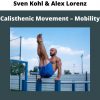
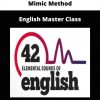
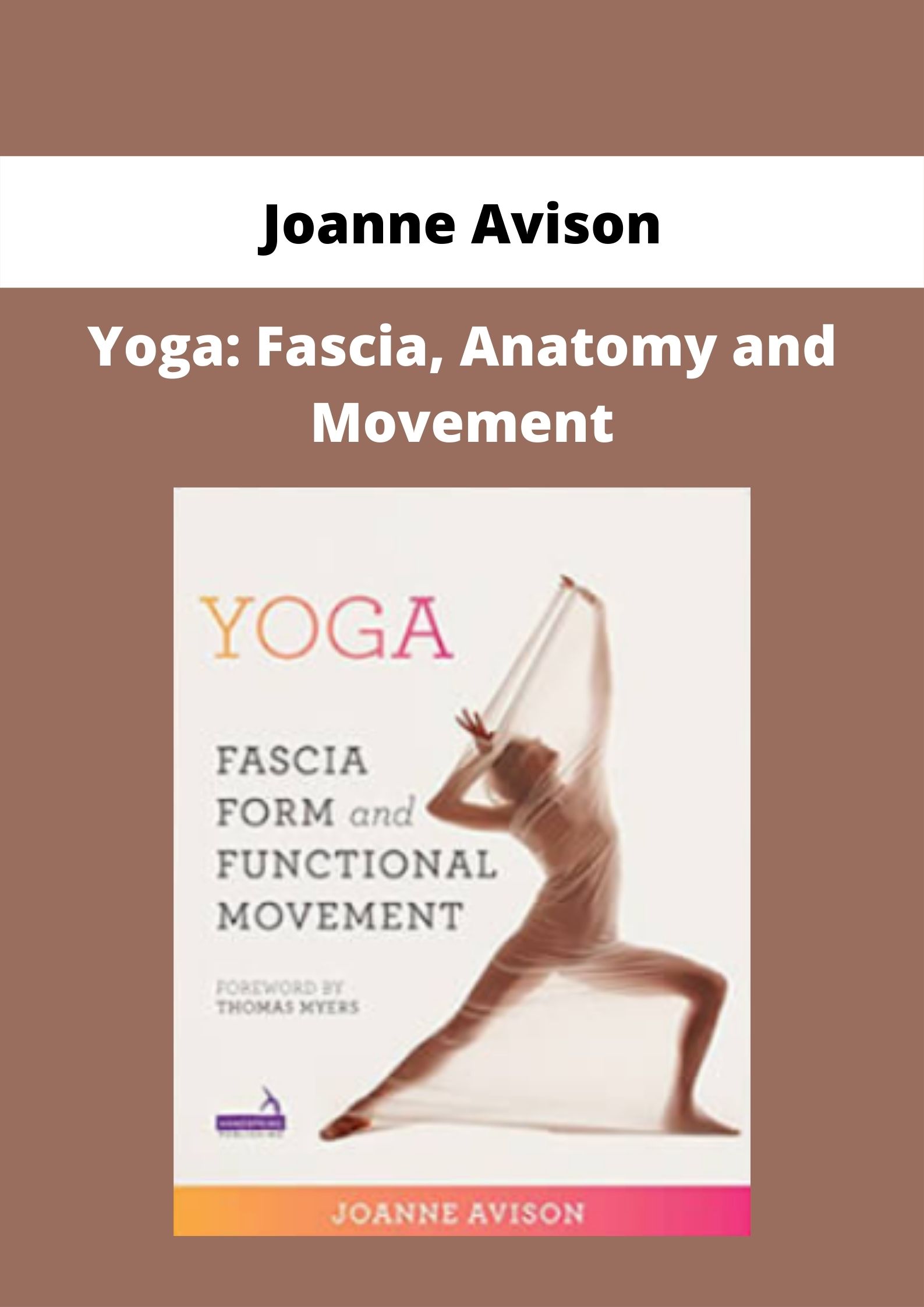


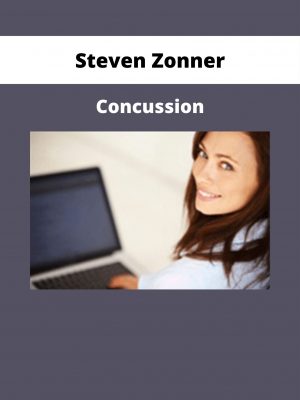
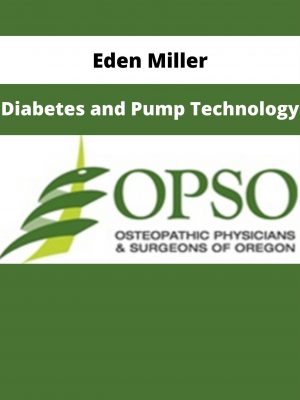
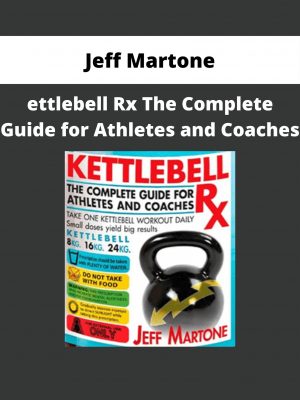
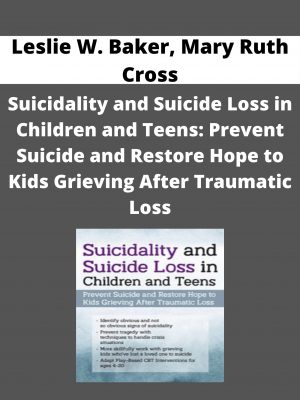
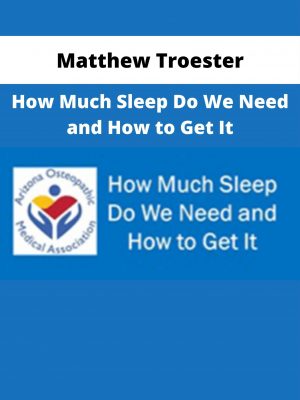
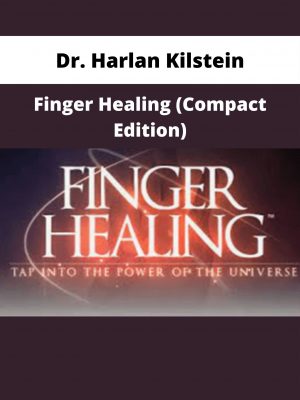
Dino Mayer –
Amazing, received fast | Yoga: Fascia, Anatomy and Movement by Joanne Avison